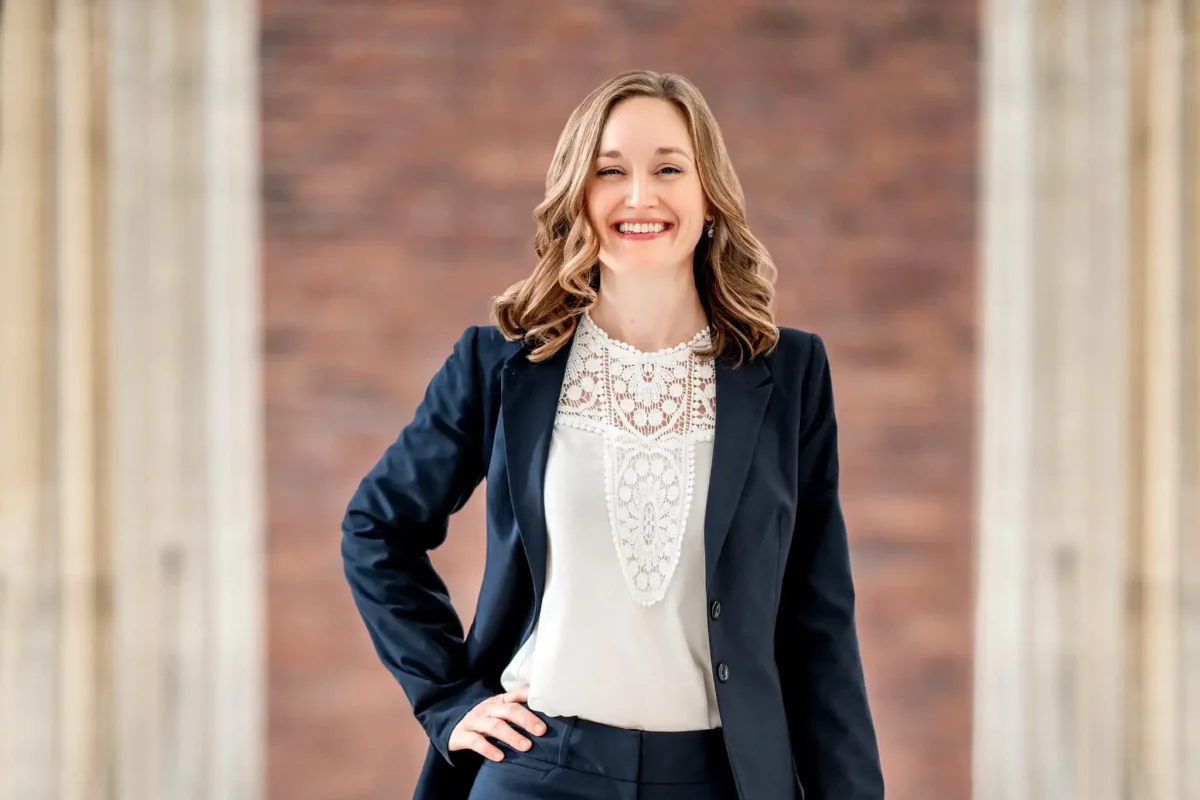It’s been said before and it will be said again: Gross Anatomy is one of the most difficult classes a student will have to take at Gannon University.
Elisa Konieczko, Ph.D., a biology professor at the university, said she has been teaching the class at Gannon for 16 years, and had taught it as a graduate student prior to her time at Gannon, too.
She said many students come to the class with the similar assumption that it will be difficult, but she stressed that gross anatomy, while difficult, is not impossible.
Konieczko said a large part of the reason students tend to be apprehensive about gross anatomy is because they have never encountered a class where they need to learn so much. She said “gross” refers to everything that can be seen with the naked eye – which means students must learn to recognize all of these things in the course of one semester.
“It can be overwhelming,” Konieczko said, “especially for the students who haven’t had this kind of course before.”
Konieczko said that the class is not required, however, for all health science majors. While physical therapy and physician assistant majors are the two that require this course, other students have been known to take it – primarily those majoring in a form of science or health science.
Students who have already taken the class say that while there is no doubt of its difficulty, the class can be manageable if you put in the required effort. Sara Palmer, a first year graduate student in the 3+3 physical therapy program at Gannon, said Gross Anatomy was not the first class of its kind she encountered at Gannon.
Palmer took the class during her junior year, and while she said there’s no doubt it was difficult, she said it is manageable. “I heard some pretty terrifying things – it was going to be really hard, a lot of studying, a lot of hours,” she said. “It lived up to that, but it was doable as long as you took easier classes with it. And in the long run it was helpful.”
Konieczko and the co-teacher of the class this semester, Catherine Mattinson – an assistant biology professor – both said that the class is going to be difficult no matter where you go.
“These people are going to be medical professionals,” Konieczko said, “you want them to know what they’re doing.”
Mattinson said she has taught the class at other universities, but it’s all pretty much the same wherever she goes. “The content doesn’t change,” she said, “just the people do.”
Mattinson, who is a new addition to Gannon faculty this academic year, said the biggest difference between her previous college in Kentucky and Gannon has been the class sizes. “In Kentucky it was a lot bigger,” she said, “so that’s been a transition. And the snow is something different.”
While the content may not change, each class brings a little something different. Konieczko said that by and large students do pretty well in the class, as long as they devote the amount of work needed to succeed.
In 16 years, Konieczko said she has had one student who earned 100 percent on all four tests. “So it is possible,” Konieczko said, “but it’s only happened one time in 16 years.”
She said that Gannon documents state that students should devote two hours of study time for every class they take, per day, in order to do well. She said that study time, and then some, is necessary for Gross Anatomy.
Another point that both Konieczko and Mattinson made regarding the class is that this is many students’ first experience working with cadavers – real human bodies.
This was true for Palmer, who said it wasn’t as daunting as it might sound. “They were nice because they covered up the faces until we got to that section,” she said. “Once you see a face, that’s when it’s real.”
While she said that part was intimidating, Palmer said she had mostly heard prior to her experience that the main point was studying. She reiterated the need to study in order to do well.
Palmer said she devoted more than 20 hours per week to the class when she took it, but it wasn’t just studying and memorizing. She said open labs were a big help.
“They’re not always required, but if you wanted to pass the practical portion you had to go, just to get in there and see it and memorize each body,” she said.
Palmer said, then, that her advice to students who will have to take the course at some point is to study in as many ways as possible.
“Go to open labs as much as you can and talk to other people while you’re at the lab,” she said. “Don’t just go by yourself. I feel like when I was with a group [there were] so many different people and all their knowledge was good in a way.”
Overall, Konieczko, Mattinson and Palmer agreed that while Gross Anatomy is difficult, it can be done if the right amount of work is put in.
“You have to study and do the work,” Konieczko said. “That’s all there is to it.”







